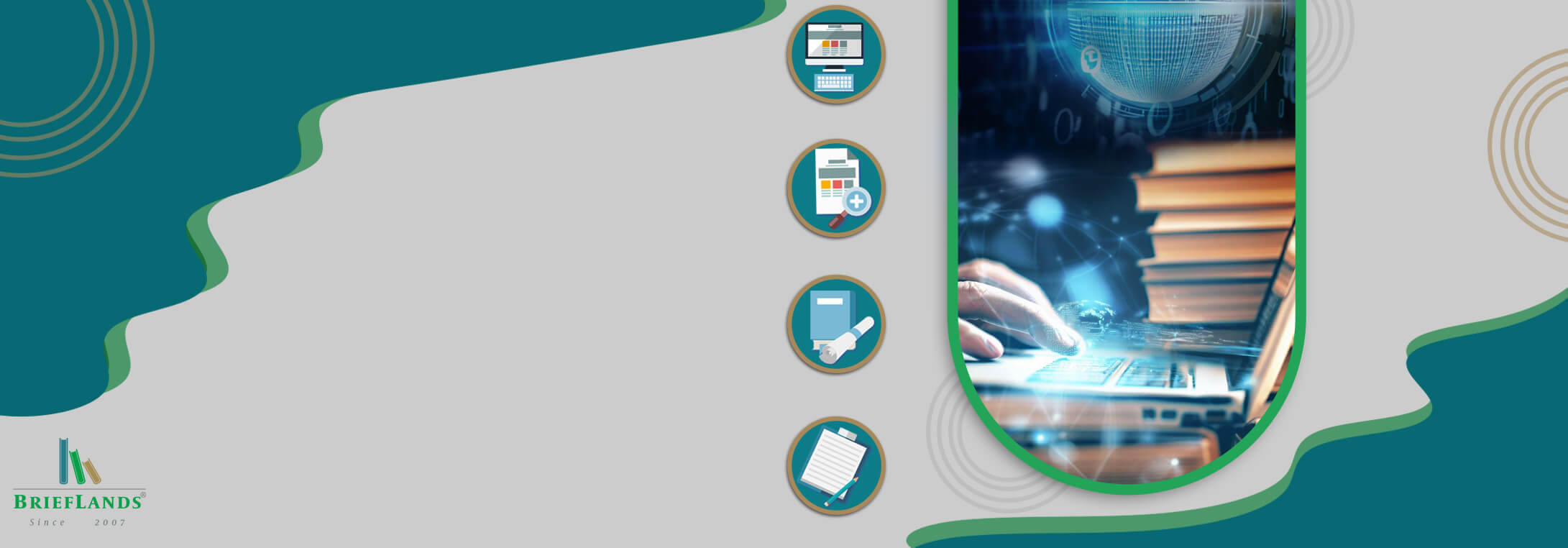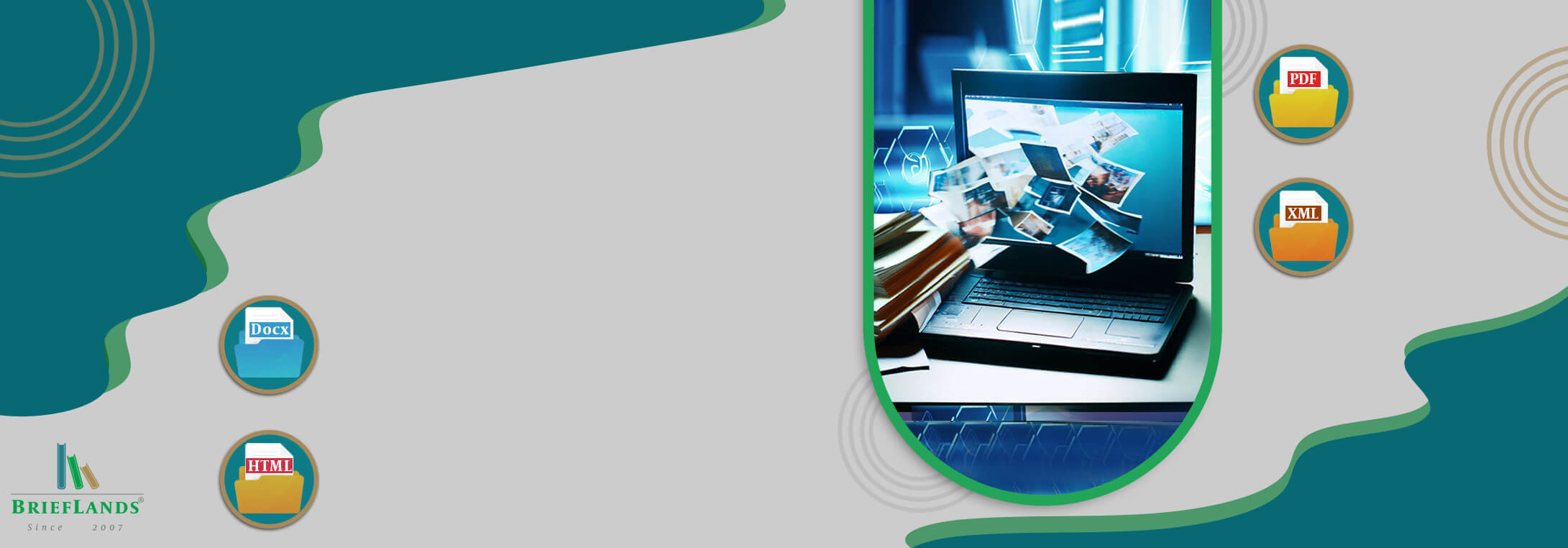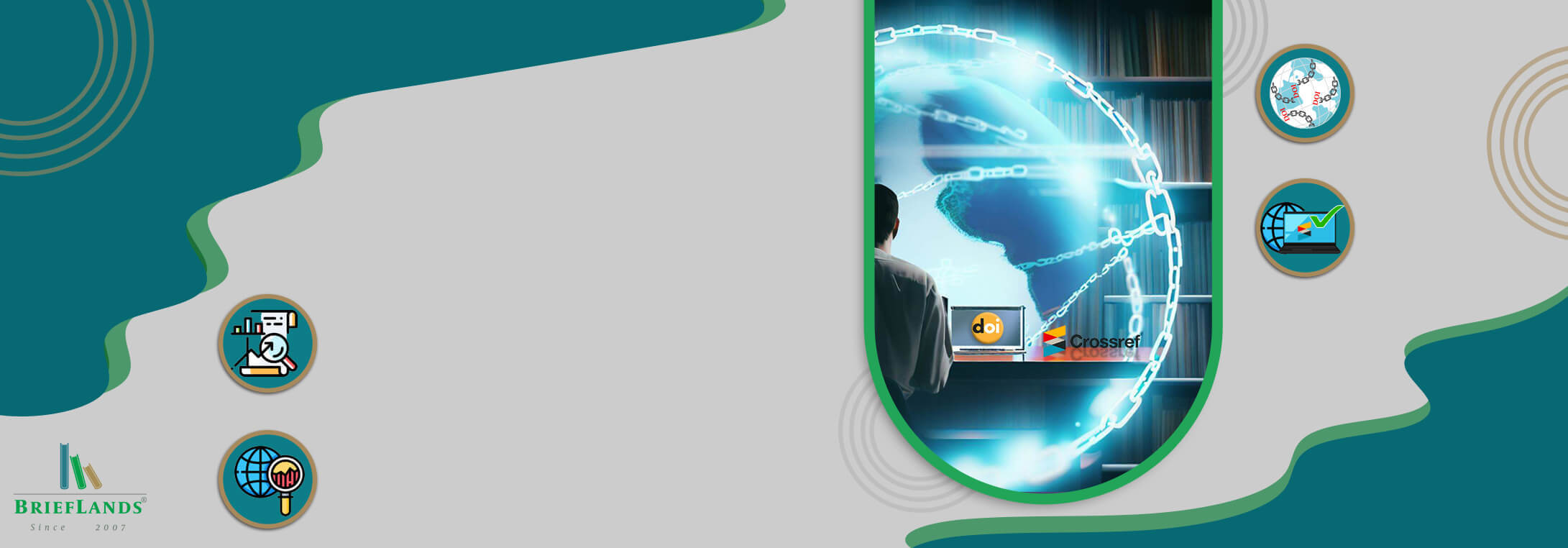Who We Are?
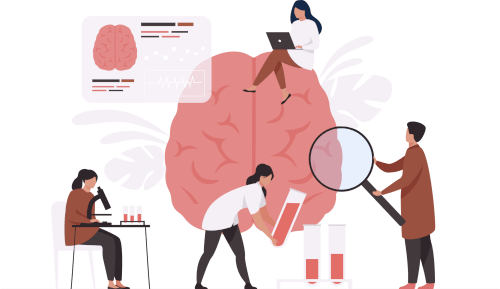
Brieflands (a private science-based corporation, since 2007) is official partner of Publons, COPE and ORCID.

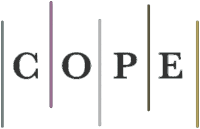

What is Our Mission?
The ultimate goal of our publishing team is increasing readers and readabilities of our publications by indexing journals in great databases.

& We Offer You

Journal Management System
Our Journal Management System empowers publishers and editors to streamline the entire lifecycle of academic journals. From manuscript submission to publication, we provide a comprehensive platform with user-friendly tools, ensuring a smooth and efficient editorial process.

Professional Technical Editing Services
Enhance content quality with our expert Professional Technical Editing Services. Specializing in refining technical documents, our experienced editors ensure clarity, accuracy, and industry-standard compliance for research papers, reports, and technical documents.

Latest Publishing Services
We offer cutting-edge solutions to meet the evolving needs of authors and publishers. From digital publishing to innovative distribution strategies, we keep you at the forefront of the industry, facilitating successful and impactful publication journeys.
Latest Articles
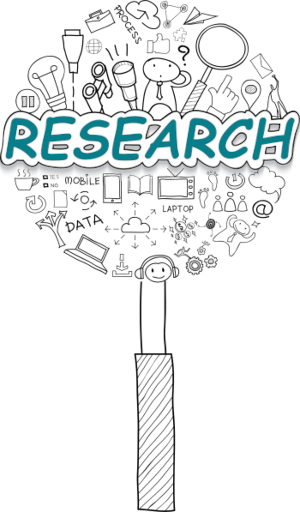
So We Invite You to...
Join to Our Researchers Community







